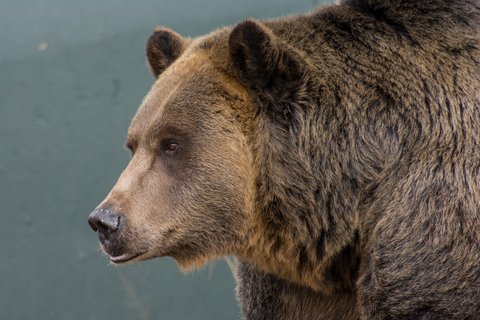I live in Michigan, which means there aren’t many dangerous animals to look out for when I’m hiking and camping in the backcountry. In my neck of the woods, I’d have to travel pretty far north just to find an area where black bear sightings are reported.
I realize, though, that many people live in bear country where encounters are a very real possibility. In areas where bears are present, it’s wise to prepare yourself with knowledge and proper gear before hitting the trail.
RELATED: How to Spot a Bear Den
Here are 6 things to keep in mind if you’re planning a hike in bear country.
Spot a Bear?
If you spot a bear 300 feet or more from you and it doesn’t see you, you have the opportunity to quietly leave the area without the bear ever knowing you were there. Once you’re a fair distance away, you can talk, whistle or even sing to make the bear aware of your presence and allow his instinct to avoid you to kick in.
What If He Sees Me?
If you spot a bear who’s also seen you, the best thing is to identify yourself to the bear as being human by speaking in a low, calm voice. If possible, move upwind of the animal so that the wind carries your scent toward the bear. Under normal circumstances, bears do what they can to avoid human contact and letting the bear get your scent will hopefully send him on his way.
RELATED: Grizzly Bear Safety Tips Hugh Glass Could Have Used
Umm, He Looks Pretty Mad
If you encounter a bear that is aware of your presence and is becoming aggressive, resist the urge to run. Both black bears and grizzlies can run about 35 miles an hour, so the chase won’t last long. Instead, try backing away slowly and speaking quietly and calmly so that the bear can identify you as human. Also, be sure to keep your backpack on; if you are attacked, your backpack can protect your back from more serious injury.
Know Bear Behavior
Often times, a bear will bluff charge and then turn away before it gets to you. This is their way of trying to scare you off. In this moment, keep calm and continue moving slowly backward so you don’t appear threatening to the bear.
RELATED: Report Sheds Light on Grizzly Bear Mauling at Yellowstone
Attack Mode
If the worst should happen and the bear attacks, use bear repellent—which you should have with you if you’re in bear country. Bear spray is designed for use at close distances of 30 feet and closer, with the optimal distance at about 15 feet. Spray the repellent in front of the charging bear so that it moves into the cloud created.
Day vs Night
An attack in the daytime is typically a defensive attack—often due to you being too close to a mother and her cubs. Here, you should play dead, lying face down with you backpack on and your hands locked behind your head. At night, however, attacks are predatory, in which case you need to fight with everything you can. Branches, rocks and your own hands and feet should be used and can be enough to convince the bear you’re not easy prey. Once the attack is over, wait until you are certain the bear has moved out of the area and then get to help as quickly as possible.
© Nthq87 | Dreamstime.com – Grizzly Bear
Bears in Action
-
King of the mountain
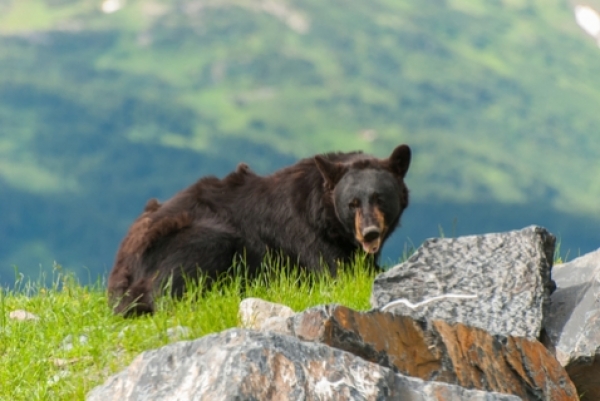
-
Here fishey, fishey

-
Get outta here!!!
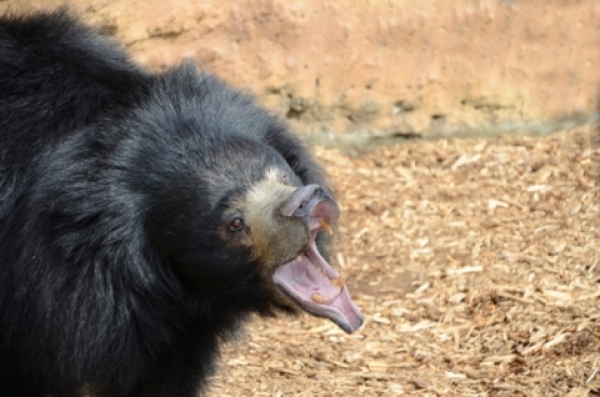
-
Hum Diddy Um Diddy Umpt
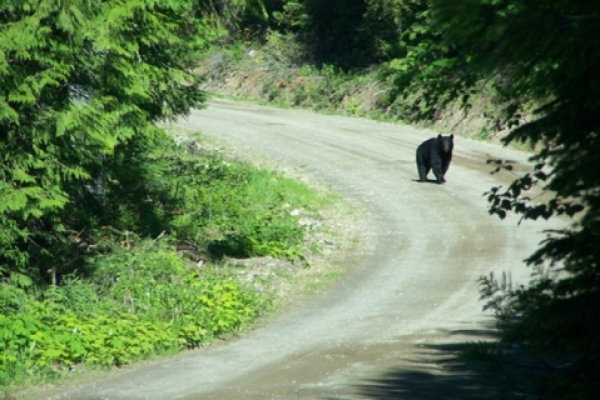
-
Who's that?
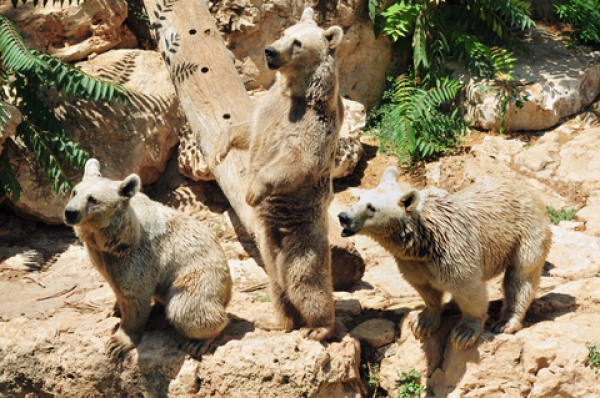
-
Hey, break it up you two!

-
I hate fishing in the rain.
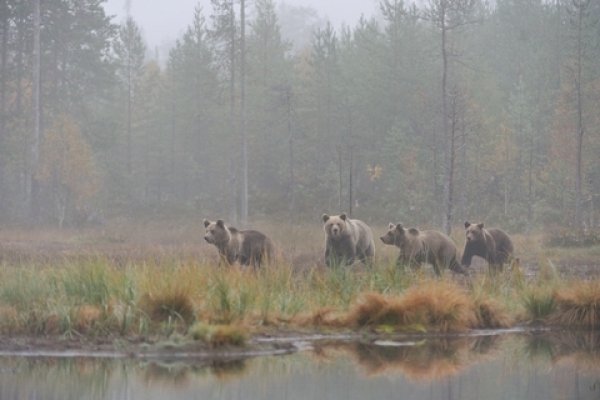
-
Is my hair straight?
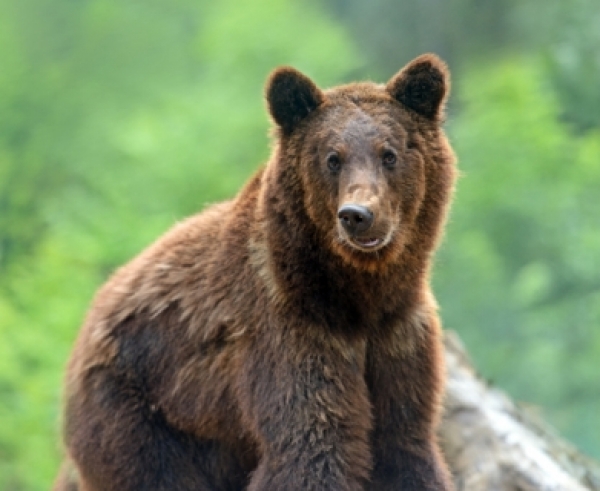
-
Play fighting? How cute.
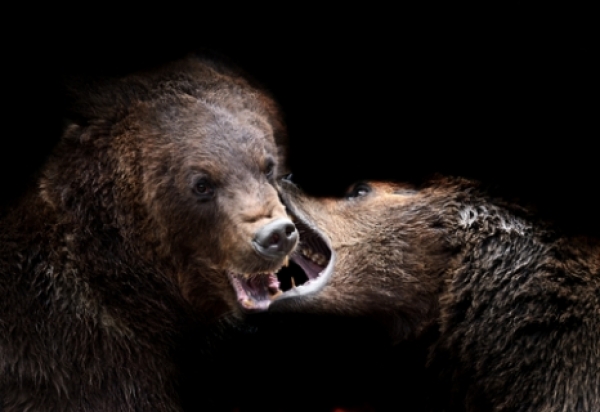
-
I thought I smelled a salmon.
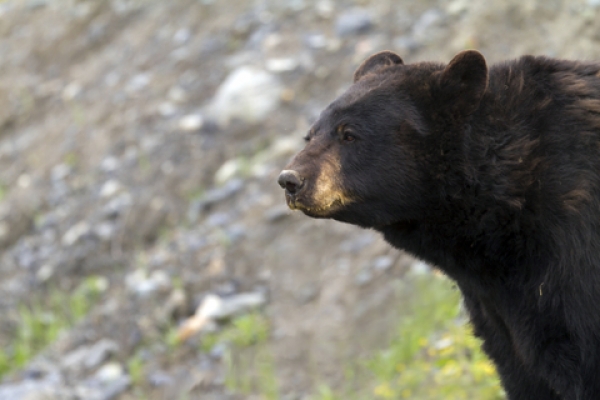
-
Hey don't look at me right now.
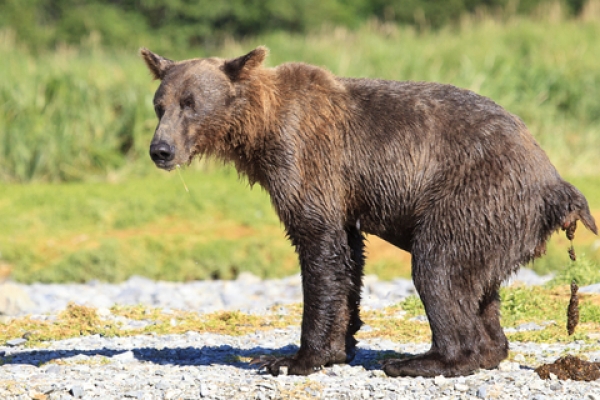
-
Yes!! Got one!
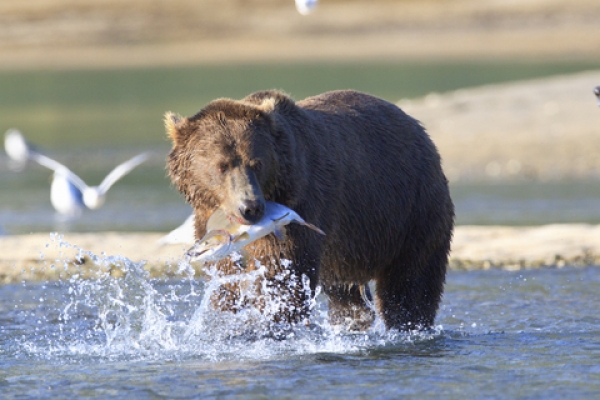
-
Fuzzy in tall grass.
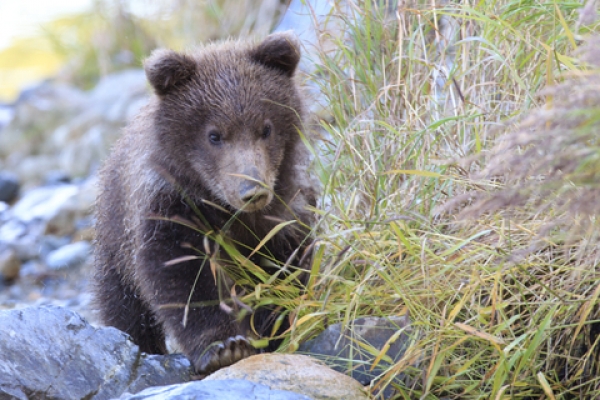
-
Now this is gonna happen.
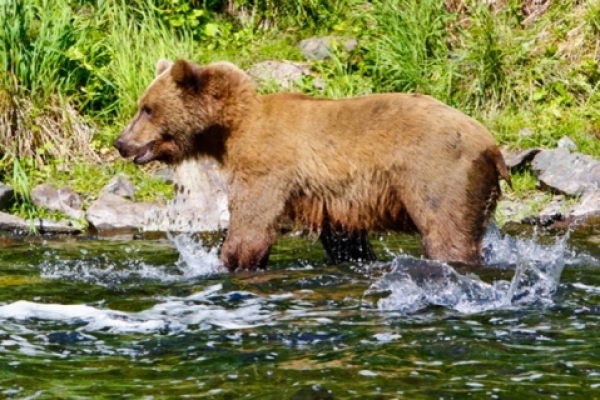
-
Where's the ice?

-
Don't mess with me.
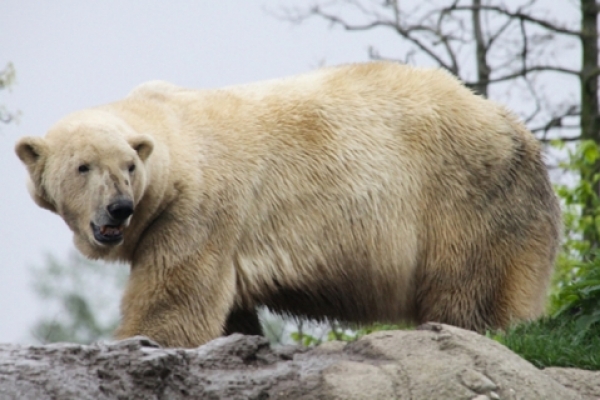
-
Man, am I tired
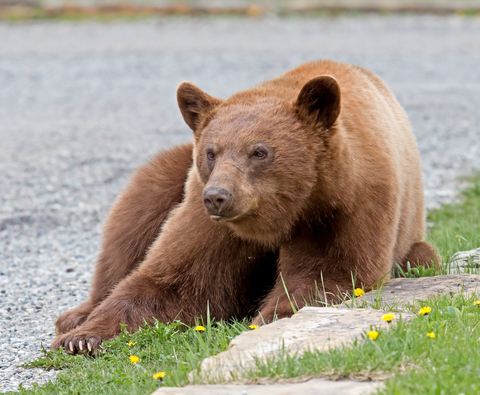
-
Come give me a hug, I'm crazy
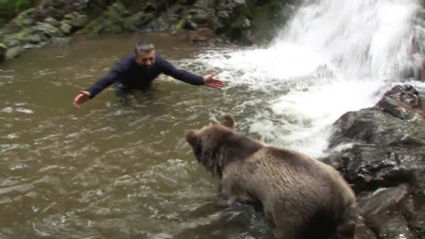
-
Damn, not this again

-
Paintballs are no match
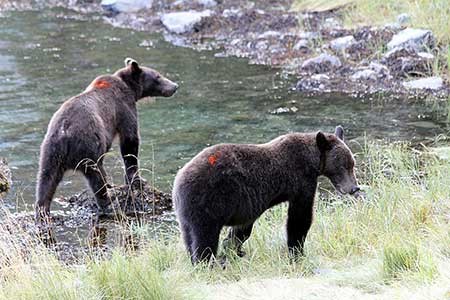
-
I will climb anything for an egg
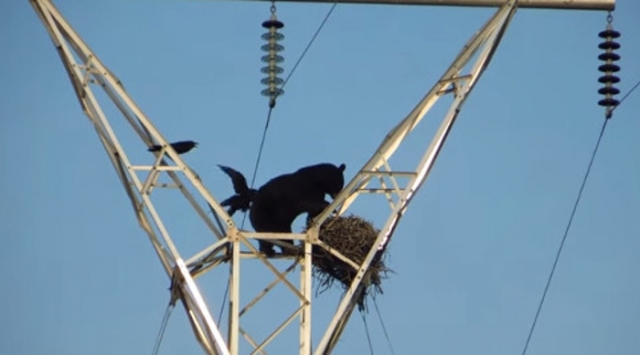
-
Ah, how cute

-
Now, which way to the campground
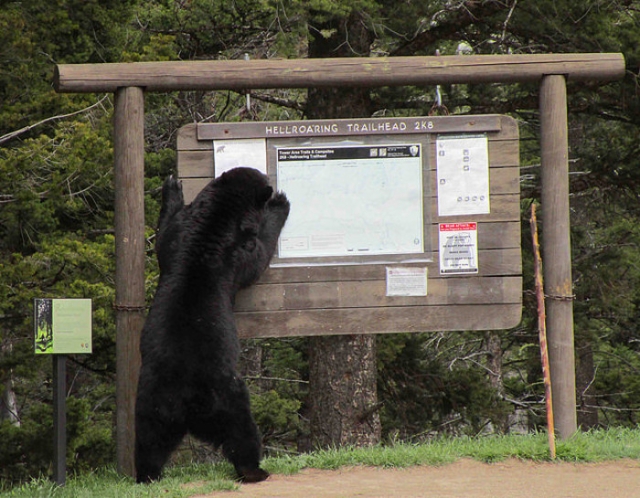
-
Nothing to see here
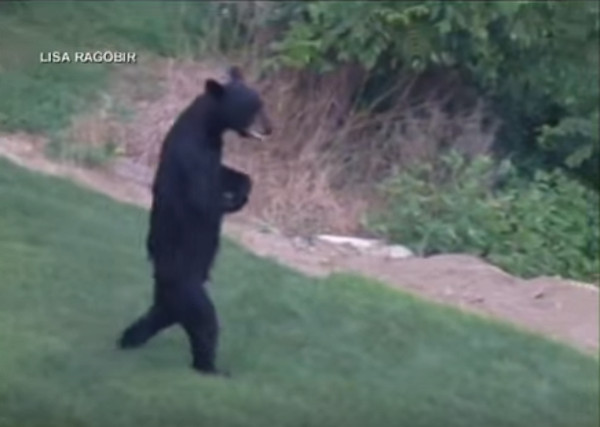
-
Yea, I'm not the cutest
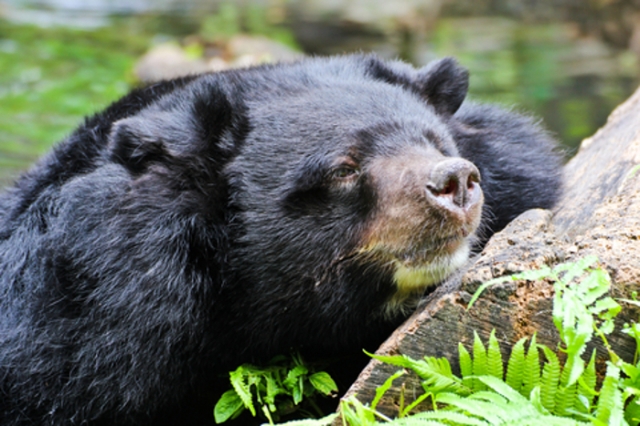
-
What's that?
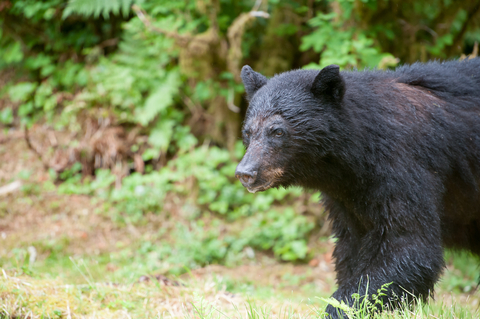
-
Black bear in field
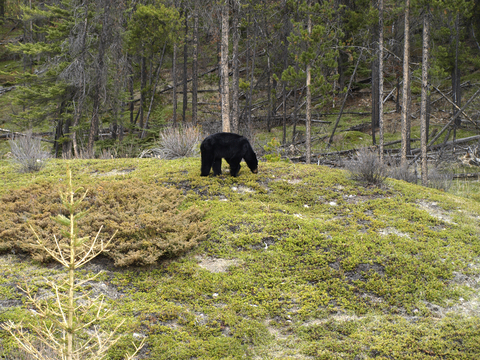
-
Grizzly in Glacier

-
Grizzlies in Alaska
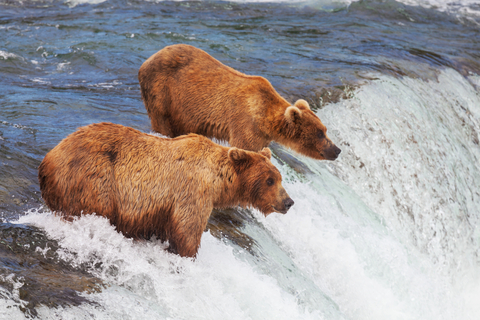
-
A stallion of a bear
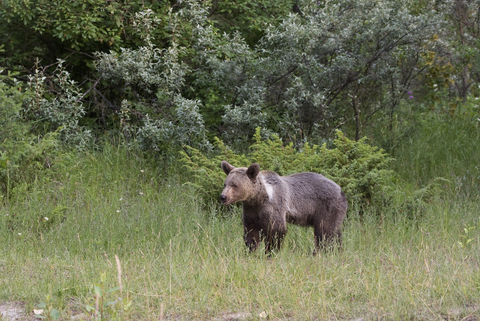
-
Big male grizzly

-
Hey big guy

